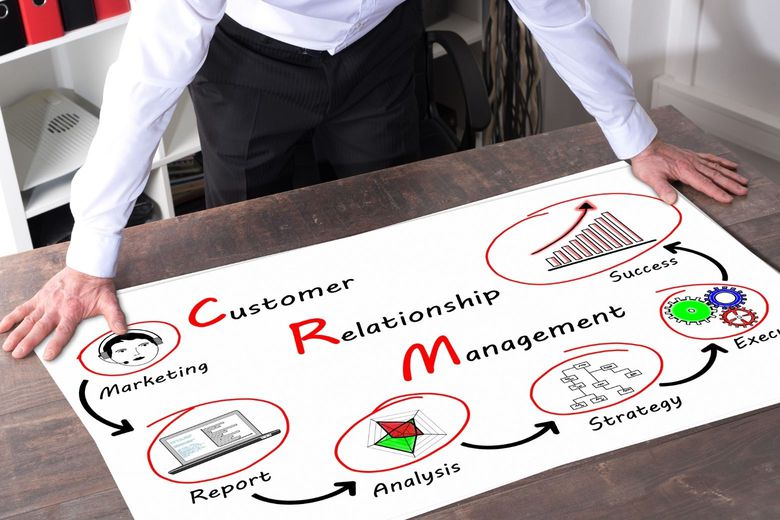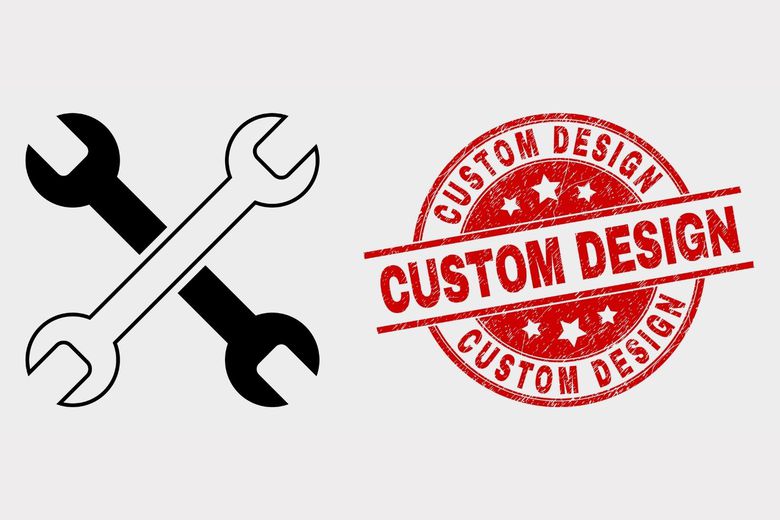
Simon Evans22/09/21
6 min read

As digital capabilities and skills increase in the third sector, organisations are beginning to get to grips with the technology they need to thrive.
Aside from a high-performing charity website, one of the mainstays is fast becoming a customer, or constituent, relationship management system; better known as a CRM.
For the uninitiated - and in simple terms - a CRM is a place in which to store and manage information about your stakeholders, your interactions with them and your campaigns.
A well-used CRM makes your charity more efficient by:

Such a platform can store beneficiary information, needs and the conversations you’ve had with them, donor information, volunteer details, and integrate with your website and other vital systems within your organisation.
But CRMs have been known to cause frustration and even resentment when ill-considered so it is important that you head into selecting a system with a clear understanding of what you want from it and a plan for implementation.
Getting your team on board at the earliest opportunity is critical to the project’s success: no-one likes having something new thrust upon them and then being told to use it without an understanding of why and how to work with it.
CRMs come in a range of shapes and sizes, with different levels of functionality, user experience and options.
So before you scour the market, first identify why you believe you need a CRM as this will help you work out what you want from it.
This will not only keep the project aligned to your specific goals but it will also help when making your system selection.

Aspects you might want to consider include:
No two CRMs are the same and each will be great in certain areas and not so impressive in others.
Just as you make a list of priorities when buying a house - location, number of bedrooms, garden size, local amenities etc - so it’s wise to do the same for your CRM platform.
I’ve seen organisations fail with their CRM implementation because of not being clear on what the system needed to achieve and on making an ‘easy’ choice.

For example, one such organisation used Sage for their accounting and, without any planning or consultation with the people who would be expected to use it, they brought in the Sage CRM.
Now, the system may well be fine, but this particular organisation hadn’t mapped out what they needed and so introduced something which caused mass frustration and, ultimately, was discarded.
The fault wasn’t with the platform but with its implementation, so make sure you’re crystal clear on what you want to achieve from the outset.

A good CRM vendor will have their own set of questions and should run discovery sessions with you in order to map out a full list of those requirements.
They should also support you throughout project implementation and provide training and support once the system is ready to go live.
One piece of advice when making your selection: if your charity is going to a fully remote or hybrid model of working, use a cloud-based CRM.
To be honest, this is probably the best route to go down anyway but ensuring that any of your team members can access the platform from wherever they are and whatever machine they’re working on is obviously vital for success.
Another important factor is out-of-the-box versus customisation.

When asking your set of questions, make a note of when the answer comes back as ‘oh yeah, that’s built in’ or ‘yeah, we could do that but it would need customisation’.
Not only will this likely affect the cost of the project but it will also have an impact on its length.
And, finally, make sure you get a vendor who sets realistic expectations.
There might be an internal clamour to get something in place as quickly as possible, but if that means cutting corners then you’re back in that example of causing frustration, which will result in rejection.
So you’ve mapped out your goals and you’ve selected a platform which can meet those. Time to begin the project, let the vendor do their thing and set a realistic ‘go live’ date before announcing to the team that the system is ready to use, right?
Well, no.
While you’ll have produced a business case for your board and trustees, you must not forget the internal management and marketing of the project.
As we’ve said, getting staff on board early is absolutely critical - after all they’ll be the ones who are expected to use it daily.

This is why it is important that the project team includes members who will be on the front line of using the system.
It makes sense for your IT support to be on that team, but they’re not the people who’ll be using the system - so why should they solely run the projects and make decisions about required features and key workflows?
As well as empowering the project team, make sure that all staff are kept up-to-date with how the project is faring.
You don’t need to be updating daily, but providing a summary when appropriate keeps everyone up to speed.

The Charity Skills Report for 2021 shows that:
The benefits of a well-planned, effective CRM system are numerous and can bring welcome change, but it’s important to remember that such a project will impact almost every member of staff.
You need to ensure that organisational and individual needs are met and you must fight any urge to cut corners.
As the saying goes, if a job’s worth doing, it’s worth doing right.